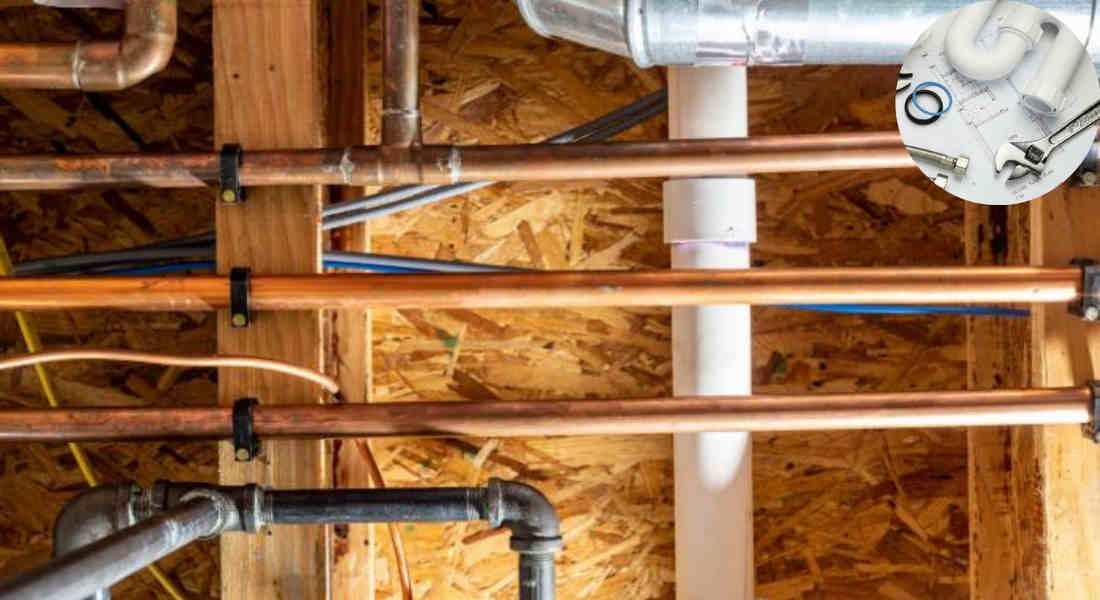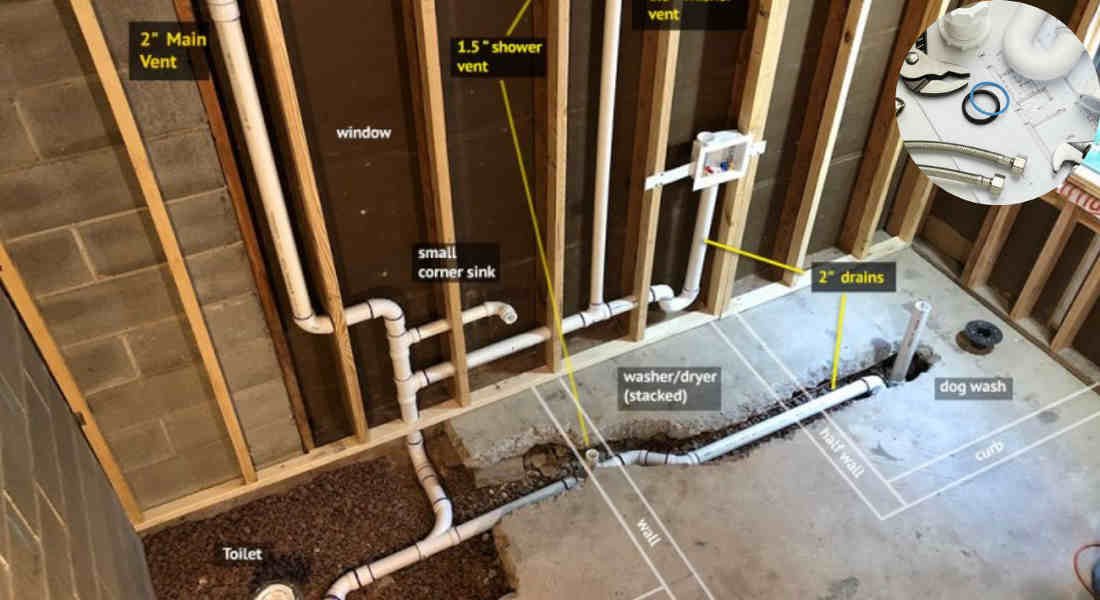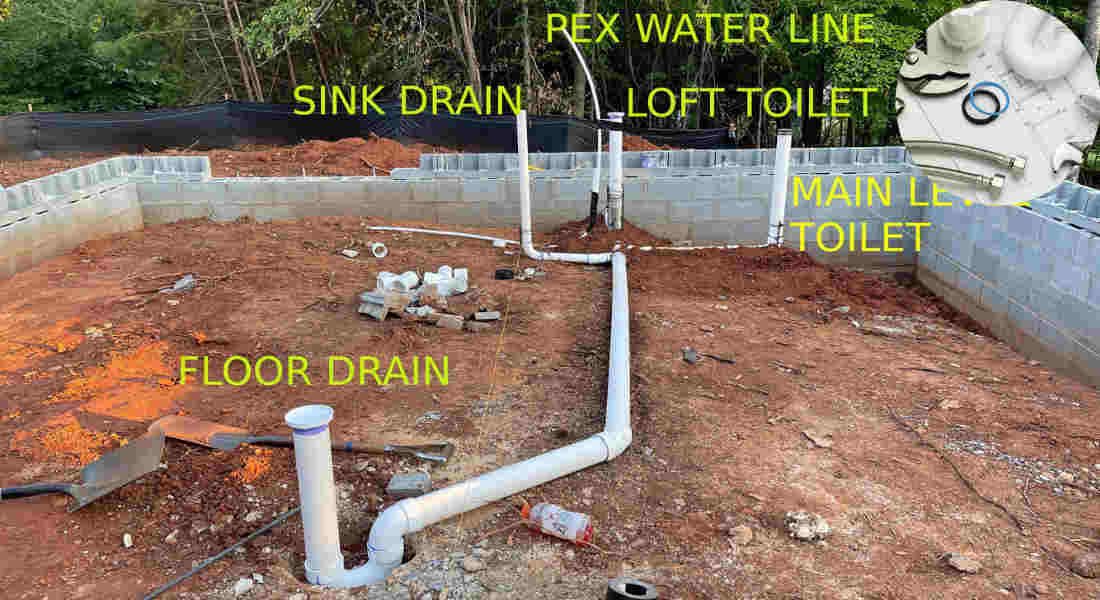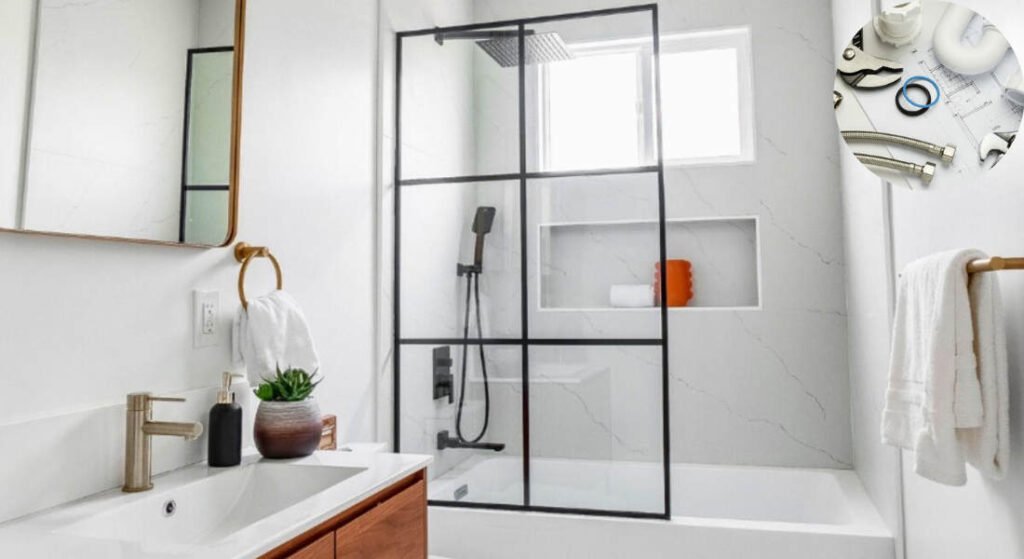Adding plumbing to a garage may seem daunting, but with proper research and planning, it can be a seamless process. Whether you’re outfitting a workshop, setting up a rental unit, or simply enhancing your home’s functionality, understanding the costs involved can save you time, money, and stress.
Why Add Plumbing to a Garage?
Modern garages are no longer just for parking cars or storing tools. Many homeowners are transforming garages into workshops, guest suites, rental units, or even entertainment spaces. Adding plumbing opens up endless possibilities, from a simple sink for cleaning up after projects to a fully equipped bathroom or wet bar.
However, before diving into the project, it’s essential to understand how much it costs to add home plumbing to a garage so you can make cost-effective decisions and avoid surprises.
Understanding Garage Plumbing: What Does It Involve?
Garage plumbing involves installing water supply and drainage systems within the garage space. This can include simple setups like sinks or complex installations involving toilets, showers, and more.
Key Components of Garage Plumbing
Plumbing in a garage typically involves:
- Water Supply Lines: Pipes that bring clean water into the garage.
- Drainage Systems: Pipes that carry wastewater to the main sewer or septic system.
- Fixtures: Sinks, toilets, showers, or even specialized features like wet bars or hot tubs.
Plumbing in Detached Garages vs. Attached Garages
- Attached Garages: It is easier to connect to the home’s existing plumbing since they share a wall with the house.
- Detached Garages: Additional Work is required, such as trenching to lay pipes from the main house to the garage.
Why Homeowners Add Plumbing to Garages
- Convenience: Washing hands, cleaning tools, or using a bathroom without entering the main house.
- Renovations: Turning the garage into a livable space or rental unit.
- Increased Home Value: Functional upgrades can boost property value.
Key Factors Affecting the Cost of Adding Plumbing to a Garage
The cost of adding plumbing to a garage varies depending on several factors. Let’s break them down:
Distance From the Main House
The farther your garage is from the main house, the higher the cost. Trenching and laying pipes over long distances increase labor and material expenses.
Type of Plumbing Materials Used
Different materials come with varying costs and lifespans:
- PEX Pipes: Affordable, flexible, and long-lasting.
- Copper Pipes: Durable but expensive.
- CPVC Pipes: A budget-friendly alternative to copper.
Number and Type of Fixtures
Adding a simple sink will cost less than installing multiple fixtures like toilets, showers, or hot tubs. Specialty features like saunas or wet bars can significantly increase costs.
Labor Costs
Plumbers, electricians, and carpenters may all be involved in the project. Labor rates can vary widely based on location, experience, and project complexity.
Additional Construction Needs
You may need extra work, such as:
- Trenching for underground pipes.
- Framing and drywall for new plumbing installations.
- Electrical Work for specific fixtures.
Permits and Inspections
Most areas require permits for plumbing work. These come with fees, and inspections may be needed to ensure the Work complies with local codes.
Detailed Cost Breakdown: How Much to Add Home Plumbing to a Garage
Here’s a closer look at the costs you can expect when adding plumbing to your garage.
Average Cost Range
For basic plumbing installation, expect to pay anywhere from $900 to $1,300 for a detached garage located about 20 feet from the main house. Costs increase for more complex projects or longer distances.
Material Costs Per Linear Foot
Pipe Material Cost per Linear Foot Lifespan
Copper $2 – $12 50–100 years
CPVC $0.50 – $3 50–75 years
PEX $0.40 – $4 Up to 100 years
You may also read (does house square footage include the garage space).
Labor Costs
- Plumbers: $45–$200 per hour.
- Electricians: $50–$100 per hour (if electrical Work is needed).
- Carpenters: $30–$200 per hour (for drywall or framing).
Additional Costs
- Trenching: $5–$12 per linear foot. For a 20-foot trench, expect to pay $100–$240.
- Special Fixtures: Complex features like saunas or hot tubs can add $1,000 to $5,000 or more.
Step-by-Step Process of Adding Plumbing to Your Garage
Here’s an overview of what the process looks like:
Initial Assessment and Planning
- Inspect the site and evaluate existing plumbing.
- Plan the layout and placement of fixtures.
Permits and Inspections
- Obtain the necessary permits to comply with local regulations.
- Schedule inspections at key stages of the project.
Excavation and Trenching
- Dig trenches for underground pipes if working with a detached garage.
Installation of Piping and Fixtures
- Lay water supply and drainage pipes.
- Install sinks, toilets, showers, or other fixtures.
Electrical Wiring (If Needed)
- Set up wiring for appliances like water heaters or special fixtures.
Finishing Work
- Complete drywall and framing around new plumbing.
- Perform final inspections to ensure everything is up to code.
Tips to Save Money When Adding Plumbing to Your Garage
Adding plumbing to a garage doesn’t have to break the bank. Here are some ways to save:
- Choose Cost-Effective Materials
- Opt for PEX pipes, which are affordable and durable.
- Bundle Work
- Combine plumbing and electrical work to reduce labor costs.
- Plan Fixture Placement
- Minimize the distance between fixtures and the main plumbing line.
- DIY Prep Work
- Clear the site or dig shallow trenches yourself to cut costs.
- Get Multiple Quotes
- Compare bids from licensed plumbers to find the best deal.

